The cloud is now spreading at an accelerating rate and many businesses are opting to move over to it. There are many different reasons for doing so, cost-savings being one of them. But more and more companies are recognizing that the cloud is also a business enabler that helps them to react more quickly to the changing requirements of their own environment, their customers and external competitive pressures. The cloud's technological opportunities are increasing, driven in part by the Internet of Things. This not only makes operational IT tasks much simpler and can automate them, but cloud technology now also offers a whole swathe of new possibilities to companies who, until recently, did not have any (affordable) access to it. Think, for example, of Artificial Intelligence and Machine Learning, Big Data and Analytics, without forgetting security features such as API security and Web Application Firewalls. Throw in buzzwords like microservices, containers and serverless computing which, thanks to the democratization of the cloud, have now become a necessary part of modern software development and architecture. In a nutshell, the benefits of the cloud are legion, but you can only really profit from them if you ensure your applications are adapted and converted to form part of a "cloud-ready" and "future-proof" landscape.

Application modernization
To get maximum benefit from the cloudModernizing applications: refactoring is the starting point, rehosting and replatforming are necessary intermediate steps
According to market studies, rehosting - also known as "lift and shift" - appears to be the fastest and lowest cost route to the cloud. Cost savings of 30% are not unusual. If you then also optimize in terms of server workloads, switching systems off when they are not needed, such as overnight or during the weekend, pay as you use, then the cost savings will grow further. It goes without saying that rehosting and its logical extension, replatforming, are necessary in order to migrate to the cloud, but if you really want to benefit from the features of cloud technology, it is important to include not just your infrastructure but also your application landscape in the digital transition to the cloud, and to optimize and modernize applications as necessary. Our primary focus is therefore on the application landscape, in order to decide by studying that, what is the best modernization strategy to move to the cloud. Do the various applications still match the needs of the business, how are these linked to each other and what are the technical dependencies?
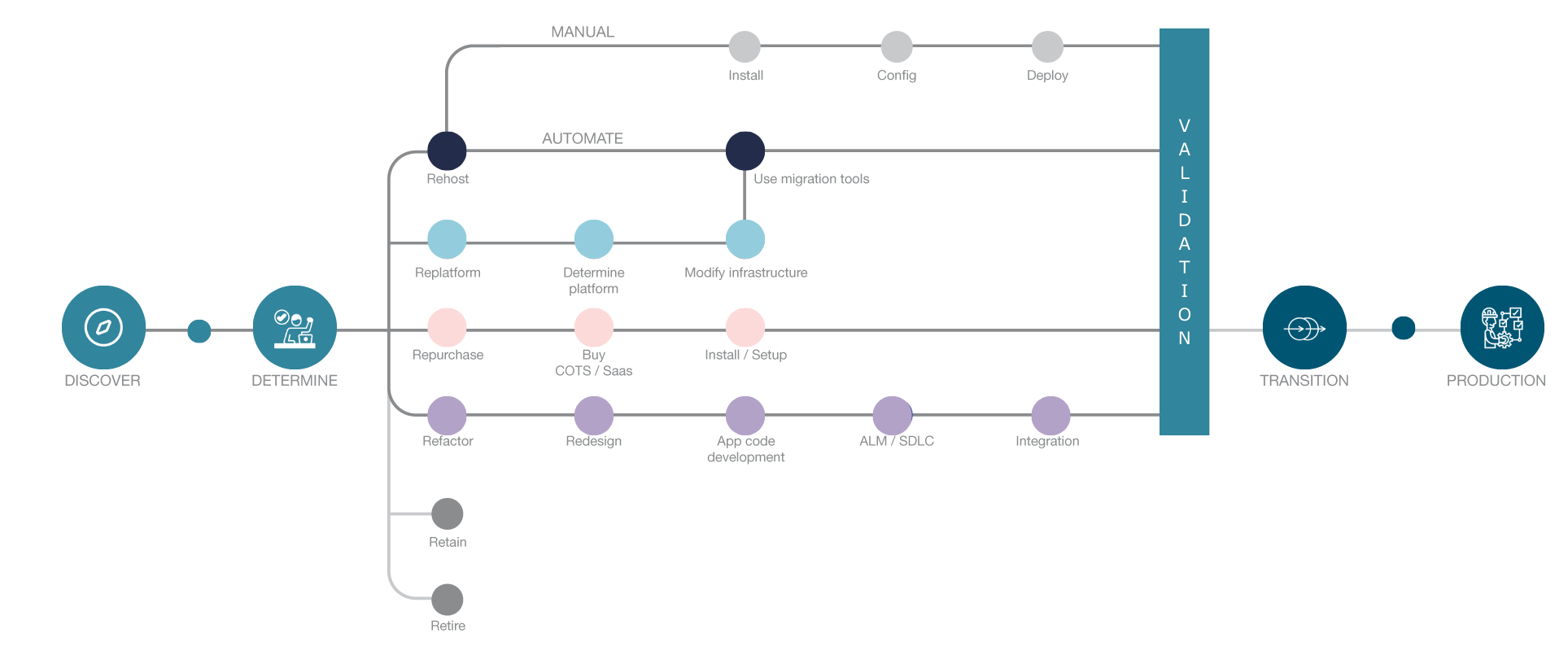
Modernization implies building applications using today's standards and methods. To be able to keep up with the speed of digitization, applications must include plenty of new options, such as:
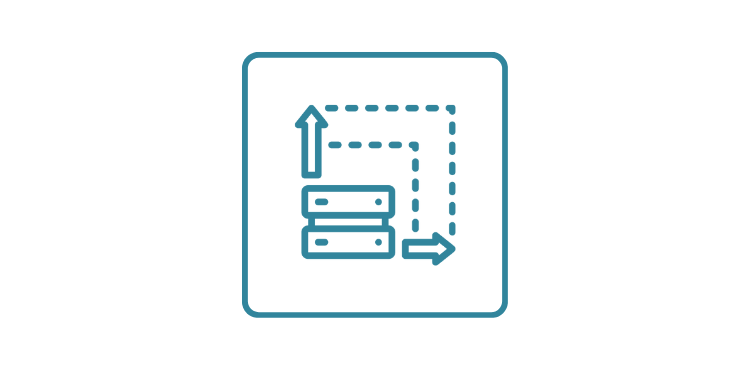
Scalability
To be able to cover new needs relating to the Internet of Things, system integrations and business ambitions.
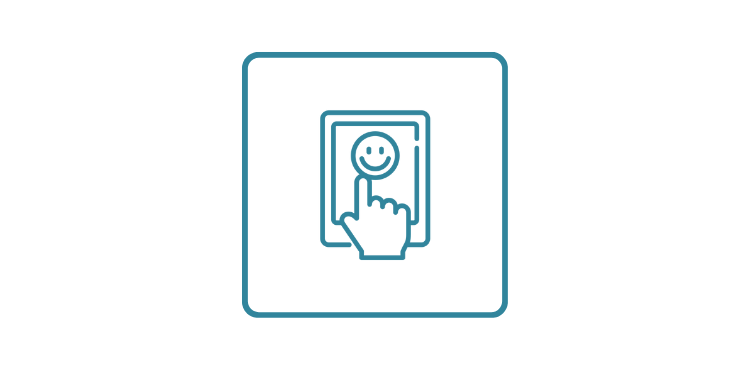
User-friendliness
Users define for themselves which platform they use; the vendor or partner of their choice must be able to offer an outstanding user experience.
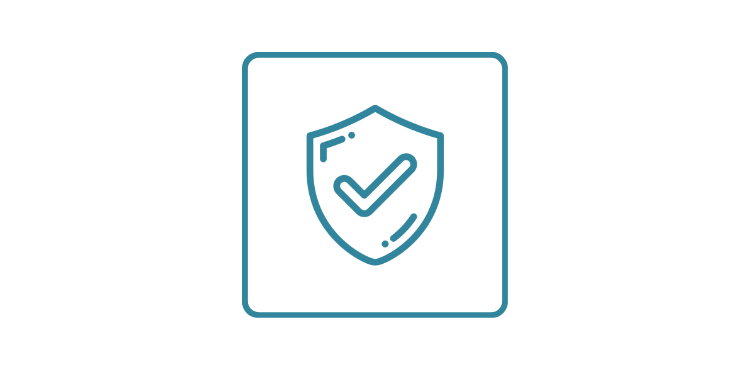
Secure API’s
In the context of the GDPR and the real risk of cyber threats, security has not been "optional" for a long time now.
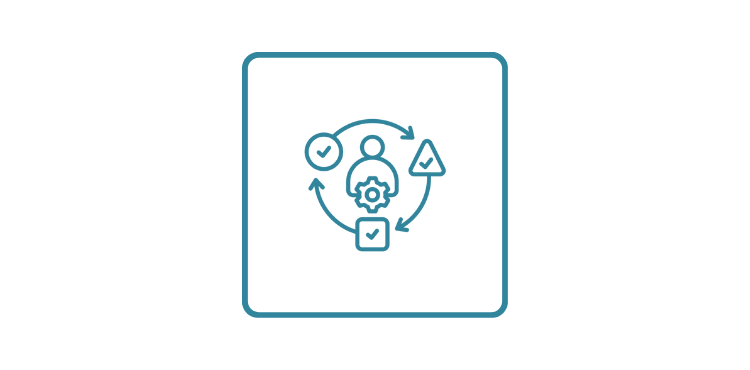
Evolution and adaptability
The demand for evolution and adaptability: has enforced standardization in terms of integration and micro-architecture.
Your challenges
According to research, 70% of IT systems are still running on out-of-date technology and the chances are therefore high that this kind of, usually legacy, system is also present in your application landscape.
They probably hold valuable information and historical data for you and your stakeholders, but they carry a high operational price tag, and it is becoming increasingly difficult to find the right people to manage and maintain them. It is quite a challenge to adapt this kind of elderly application to fit into today's digital era and the speed with which companies are transforming. If you don't change anything, you run the risk of no longer being able to meet the needs and expectations of your sector and your customers. But to do this successfully, it is critically important that IT contributes to the strategic goals of the business. Sharing the same vision is of critical importance. IT can only respond adequately to these challenges if it can shift its focus from "running the business" to "changing the business". The cloud can be an important business enabler here, but what is the best way to make the transition? Is every application actually suited for the cloud and if so, in what form? Is it worth the effort, including the cost-benefit equation? Which applications are at the end of their useful life in any case, or no longer provide the desired business value and would be best phased out? What choices are the best fit to your business and its goals? A clear strategy will provide an answer to these questions. Our roadmap shows you the way.
Our approach
Inetum can help you to transform your applications and IT workloads, and to optimize them in a way that is cloud-native and future-proof. Our specialists will, together with key people in your organization, from both the IT and the business areas, organize information round tables in order to interactively analyze your present application landscape and its underlying infrastructure. You will receive "as is" reports on the current workloads, brought together to create a roadmap for modernizing applications that will give you an insight into your systems and how they connect, therefore showing the overall complexity. We do not just measure the present status of an application, but also its business importance and its suitability for cloud migration.
We come in as a "challenger". The cloud has 24/7 availability, but is that actually needed for every application, if you are not working 24/7?
Targeted scalability can result in significant cost savings. We try to get past the assumptions, and question certain situations, in order to arrive at some new insights and answers.
Although cost savings are a logical consequence of this review exercise, we do not regard them as a goal in their own right, but rather as a means of investing with more firepower in a digital strategy, and creating true business value through innovation. Our roadmap focuses on both aspects.
Application Modernization Roadmap
Preparing the roadmap takes 10 to 20 days, depending on its scope. You receive a comprehensive report with the following sections:
- What applications there are, with an analysis and profile of each.
- The results of our discussion about the application and IT/business strategy, and the impact of this on the application landscape. In other words, what is the FIT/GAP, the future (retire, rehost, modernize).
- The dependency structure of the application landscape, including a visual presentation.
- Appraisal of readiness in terms of microservices and containers.
- Cloud readiness and suitability.
- Cloud hosting architecture
- Comparison and choice of the most suitable cloud vendor, Microsoft Azure or AWS, given the context of your business.
Everything is brought together in a customized roadmap for modernizing applications, designed to create genuine business value for your organization, with a detailed approach for each application and workload.
Next step: Modernizing applications
We can then assist you with effectively migrating, redesigning and rewriting your applications for Microsoft Azure or AWS, to arrive at a place where everything is flexible and scalable. We apply the R-model for cloud migration and can offer you an end-to-end service covering all levels of the migration process.
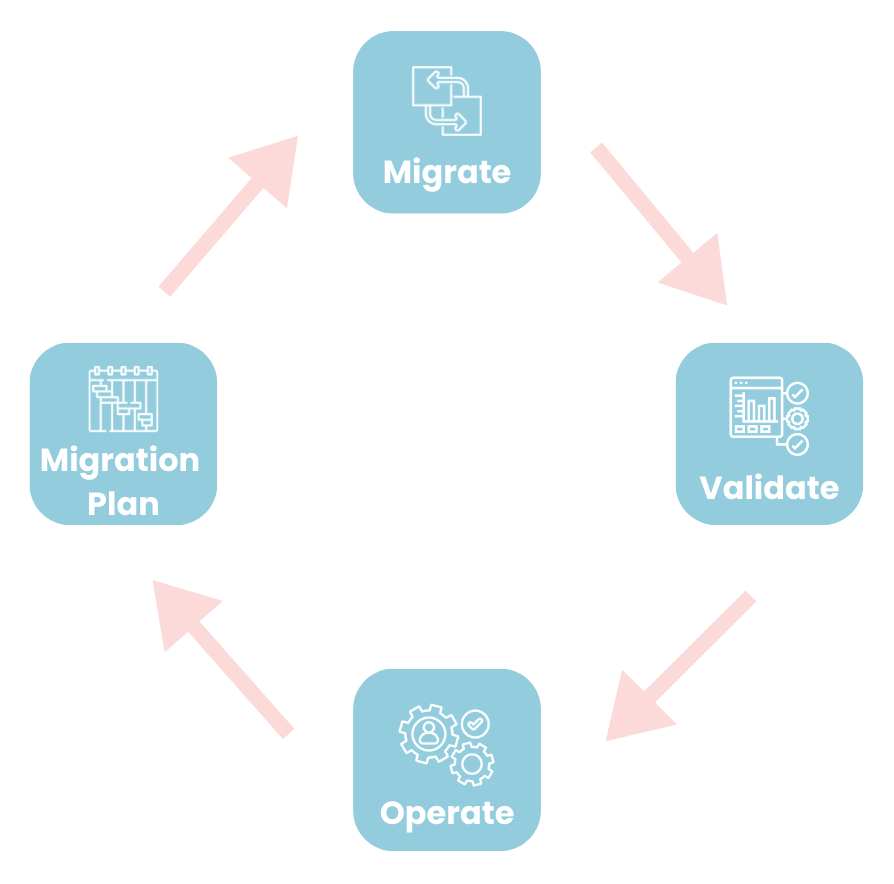
We do this in an iterative, cyclical manner, with the use of a DevOps and agile approach being a necessary precondition, and with design principles such as microservices and containers becoming increasingly important. The idea behind microservices and containers, small software components with functionality packaged in small parcels, that can be rolled out separately and which combine to create an application, is the exact opposite of the large, monolithic applications of the past, and is therefore an obvious and unmissable path to evolve to the cloud and pick up speed in the digital age.
Want to find out more?
At Inetum, we are very much aware of the diversity of existing application landscapes and the challenges they present to a modernization approach to the cloud. Our specialists are ready to get to work on this alongside you. If you have any other questions, please don't hesitate to get in touch with us. We will be happy to inform you.
